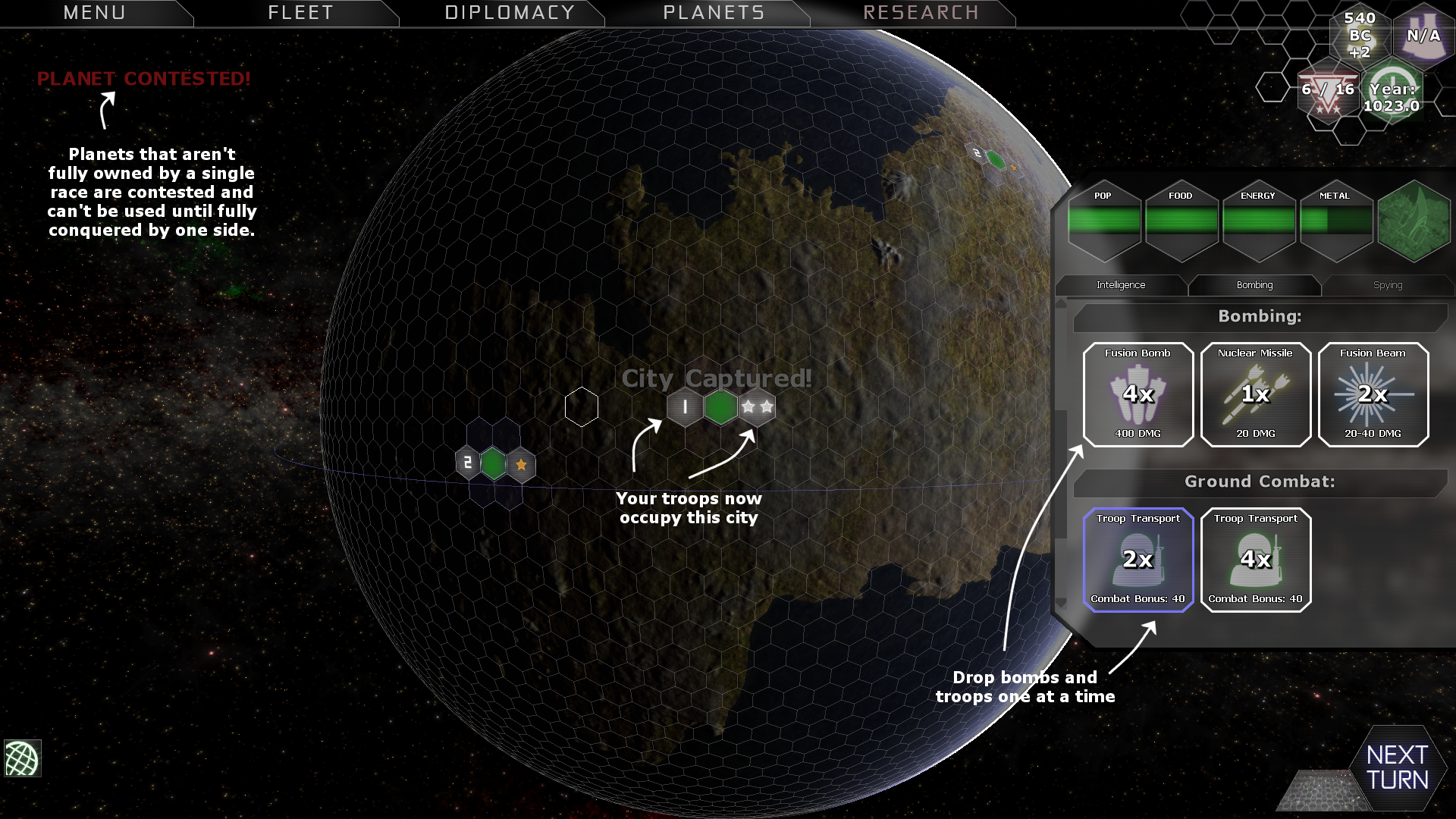

When activated, this shield gives the tank near-immortality on the front lines. The Vanguard's defenses are further enhanced by its unique ability, Forward Vanguard Shield, which massively reduces incoming damage from the tanks front and sides for a few seconds. However, this weight comes at the cost of mobility: the Vanguard is much slower moving and turning than most other vehicles. The Vanguard is the heaviest of the three MBTs, featuring 20% more hitpoints than the Prowler or Magrider, and featuring a much larger main cannon than either.

The Vanguard is the main battle tank of the New Conglomerate. The Vanguard favors heavier front armor compared to other tanks, but this comes at the cost of speed.įor Armor and Damage resistance details see this article. Years ago, the tribe developed a reintroduction proposal for a swimway with a holding pool, pumps and a pipe system that would allow fish to swim upstream, exiting through a floating structure in the reservoir.The Vanguard is a sturdy tank used exclusively by the New Conglomerate. Rather than hauling salmon in trucks, tribal leaders want to develop a way for the fish to move naturally upriver, past the dam, to Shasta Lake. “But if you’re going to bring hatchery fish, then we will oppose it.” “There is nobody else who is more supportive of bringing fish back to that river than the Winnemem are,” Caleen Sisk, chief and spiritual leader of the Winnemem Wintu Tribe, recently told The Times. Instead of releasing hatchery-raised fish, the tribe wants to use salmon that once lived in the Sacramento River but were transplanted to New Zealand more than a century ago. With warming waters wreaking havoc on the spawning of Chinook salmon, the government’s plans for reintroducing the fish to cooler habitats have raised concerns among members of the Winnemem Wintu Tribe, whose ancestors were displaced by the Shasta Dam and for whom salmon are central to cultural and spiritual traditions. The high temperatures are lethal for winter-run salmon eggs last year, state biologists estimated, less than 3% of the eggs hatched. And the drought and rising temperatures have heated water fed from Shasta Lake to the river. Instead, the fish have been forced to lay their eggs at the base of Shasta Lake in the shallowing Sacramento River.
The fire swept through an upscale neighborhood on May 11, spurred by robust coastal winds and dry brush starved of moisture due to a drought gripping the West. “While they can’t physically access it because of the barriers, their offspring will be able to just kind of ride the waterfalls down and will be able to make their migration to the ocean.”Ĭalifornia Homeowners sue SoCal Edison, claiming faulty equipment sparked Coastal fire “It’s just beautiful, cool, shady habitat for them,” said Peter Tira, a spokesman for the California Department of Fish and Wildlife. The relocation, which began with a single fish, marks the first time in more than 110 years that the winter-run salmon have occupied those waters. The spring-run Chinook, listed as threatened under the Endangered Species Act, are being moved from traps at the base of Keswick Dam to Clear Creek in the Sacramento River.Ībout 300 specimens of the winter-run salmon, listed as endangered since 1994, are being moved from a government-run hatchery to waters above the Eagle Canyon Dam on the North Fork of Battle Creek, east of Redding. The spring- and winter-run salmon are genetically different, with the seasonal labels marking when adult fish travel from the Pacific Ocean back to the Sacramento River to spawn. In a stopgap measure to help struggling spring- and winter-run Chinook salmon spawn in the face of rising water temperatures and lower water levels due to climate change, state and federal wildlife officials in Northern California have begun trucking adult fish to cooler waters.


 0 kommentar(er)
0 kommentar(er)
